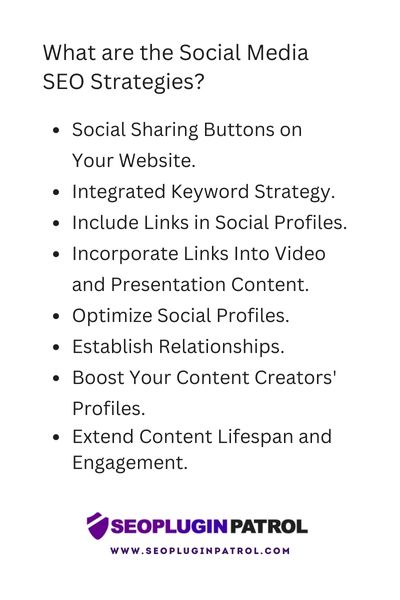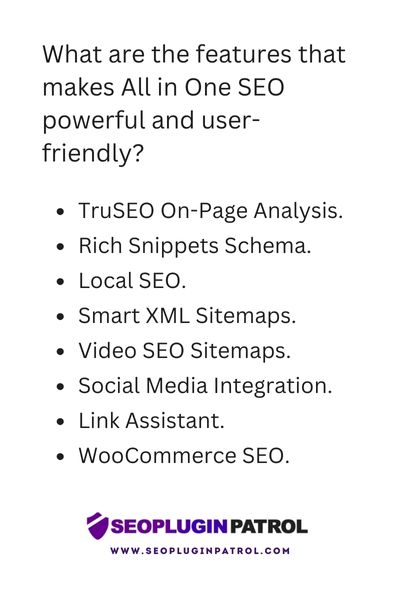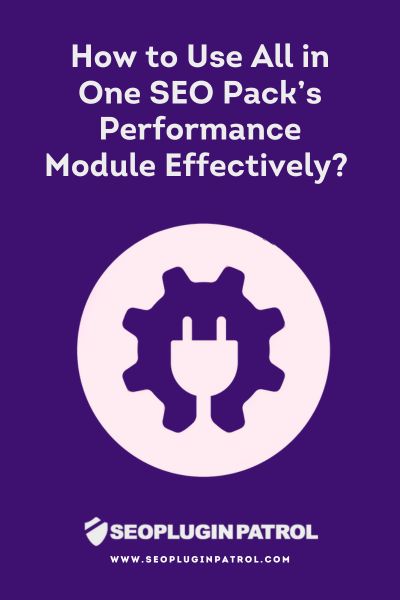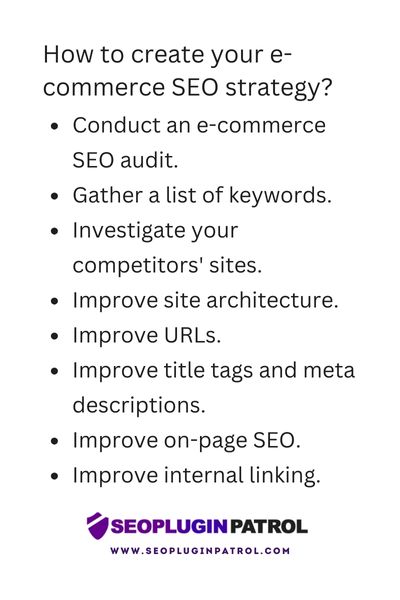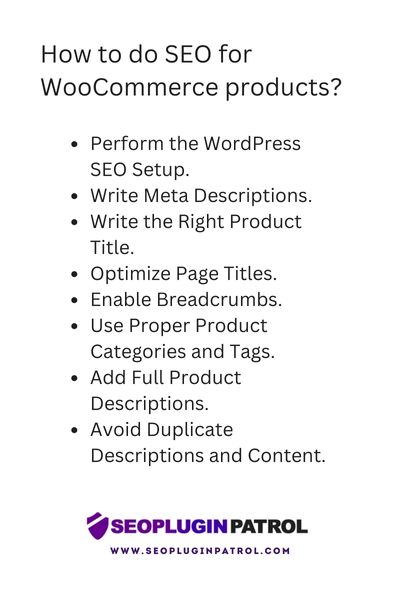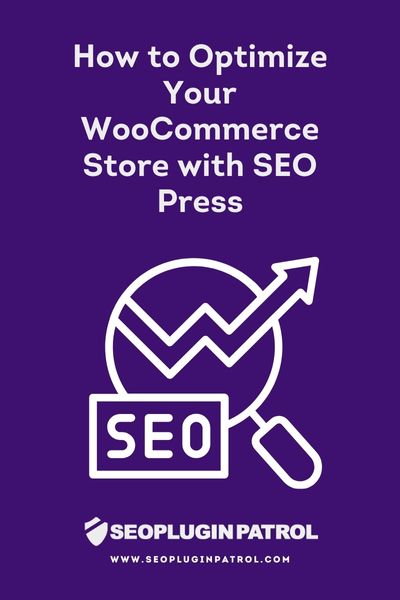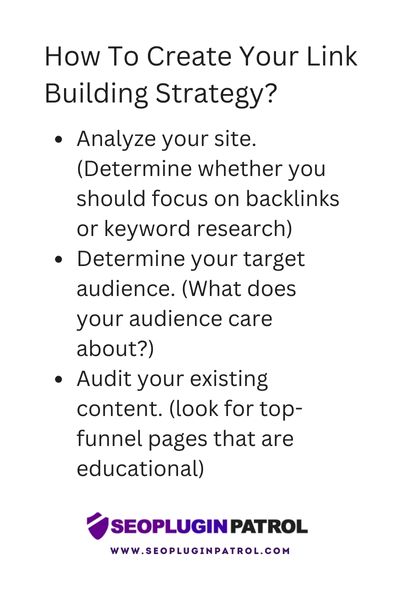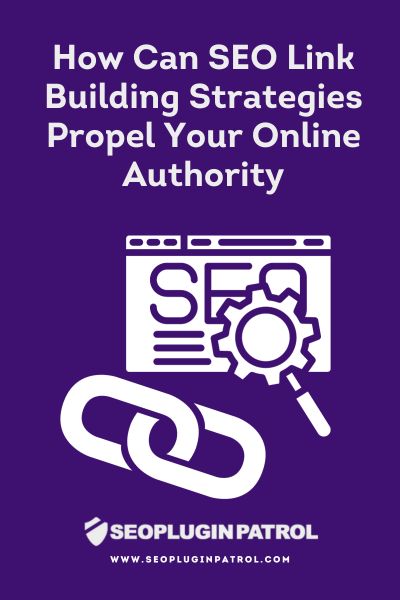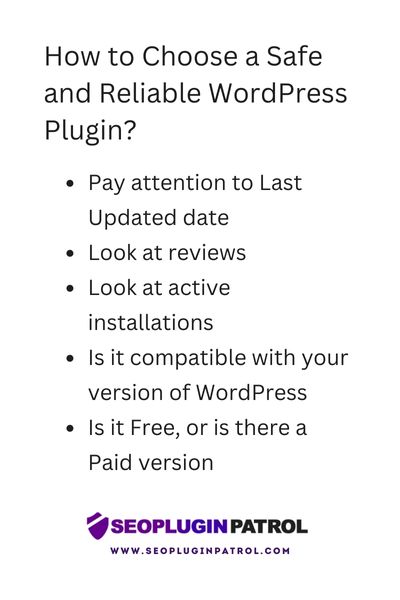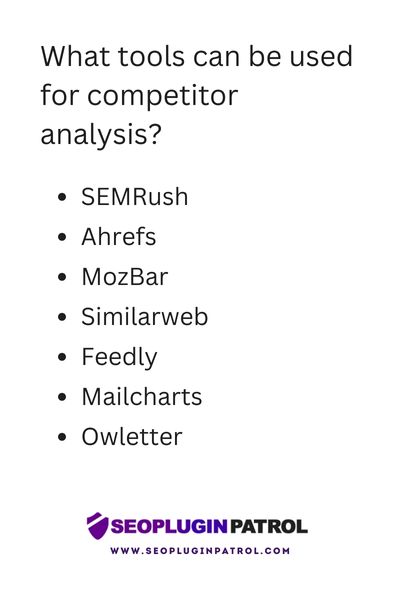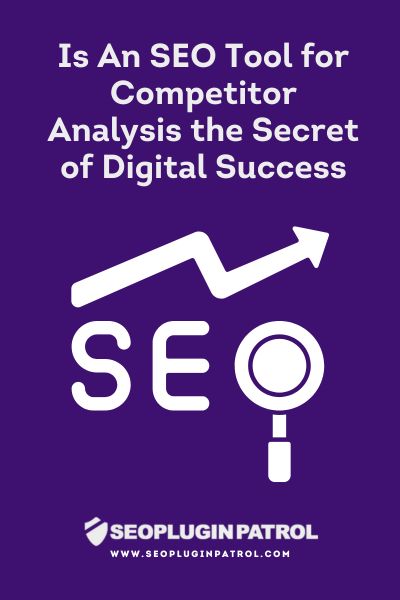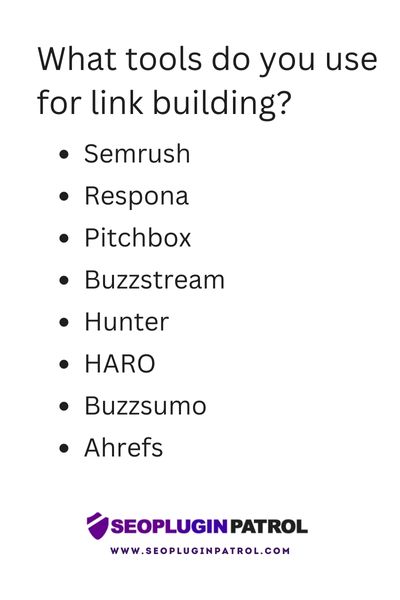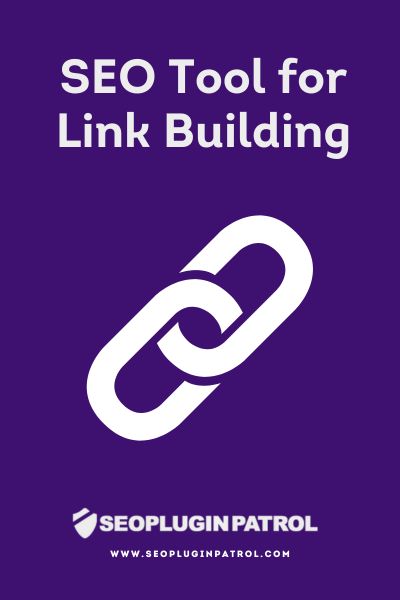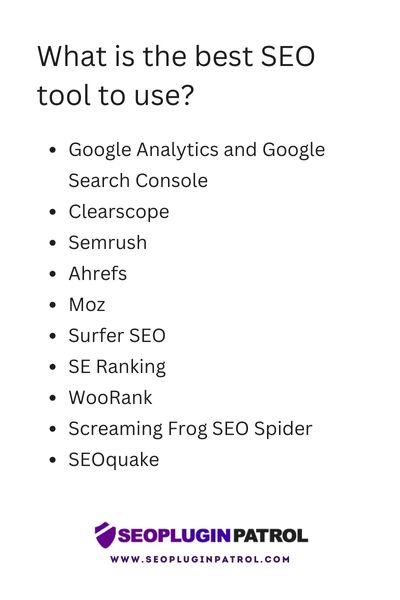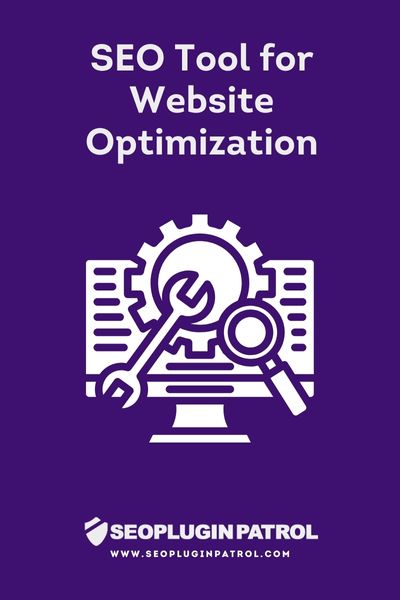In today’s digital age, owning an eCommerce business presents many opportunities. Still, with these opportunities come challenges. The digital landscape is vast, and standing out requires more than offering quality products.
Read more about What Are The Tips for Boosting Your Online Shop
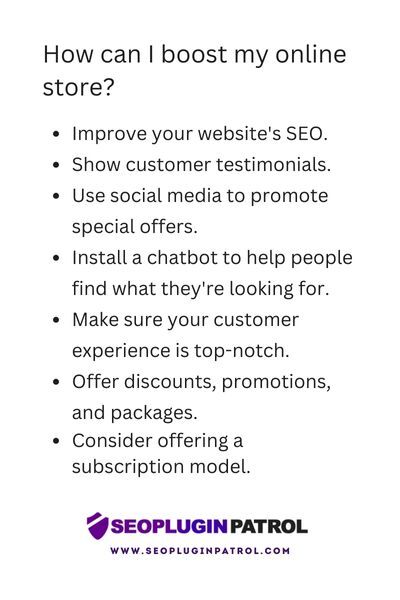
This guide will share essential tips for boosting your online shop, ensuring you not only attract new customers but also retain loyal ones.
More Things To Know About What Are The Tips for Boosting Your Online Shop
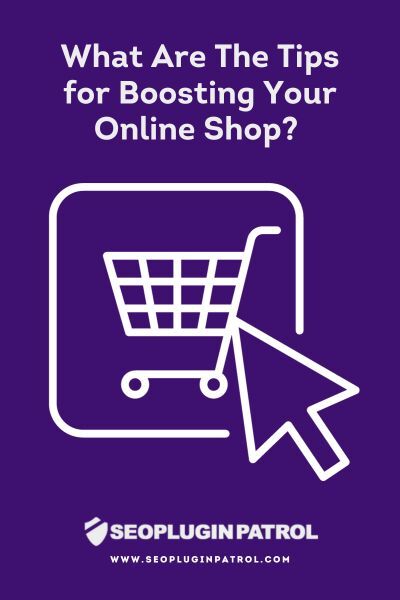
Understanding Your Online Shop’s Goals
Having an online shop is like running a regular store. Think of it as a digital version of a brick and mortar store. Just like in a physical store, you want to boost sales. But this isn’t about only selling more; it’s about understanding who’s buying. Knowing your target audience means you’re offering products they actually want.
Another big goal is to get more people to visit your online store, known as driving traffic. Just like a shop in a busy street gets more visitors, an online shop that shows up on Google can attract more customers.
Your shop’s reputation is also important. If people say good things about your shop, more people will want to buy from you. Customer testimonials, where buyers talk about their good experiences, can really help.
To make your website sales and online shop successful, you need to sell the right things, get people to visit, and have a good name in the market.
Choose the Right Platform for Your Shop
Choosing the platform for your online store is as important as picking the right location for a brick and mortar store.
Shopify
Shopify is user-friendly, especially for beginners. Many people starting an online business choose Shopify because it’s straightforward. They provide tools that allow easy integration of payment methods like Apple Pay.
You can boost your online ecommerce sales with Shopify’s marketing tools, including email marketing campaigns. This helps attract more customers to your ecommerce store. Additionally, the platform provides various strategies to grow online sales, ensuring an improved shopping experience for customers.
WooCommerce
WooCommerce is for those familiar with WordPress. It lets you design an online store the way you want. You can also link it with tools such as Google Analytics, helping you track your online sales and understand your customers better.
To boost sales, WooCommerce supports different marketing strategies. Plus, it offers ways to improve the customer experience. This means you can keep loyal customers coming back while attracting new ones.
BigCommerce
BigCommerce is all about growth for online business. If you have plans to expand your business, this platform offers tools to handle increasing sales. You can gather customer feedback and use it to make shopping even better.
BigCommerce also supports effective marketing strategies to attract more customers. With this platform, ensuring your store looks good on mobile devices is easy. This convenience encourages more people to shop online.
Magento
Magento is a platform ideal for bigger businesses. It offers extensive customization options to meet specific business requirements.
This platform is built to handle many online shoppers, even during busy shopping times. This platform has tools that help businesses spread the word about their products and other ways to increase online sales. They can easily set up special offers, like discount codes, to attract shoppers.
Magento also lets businesses change the look and feel of their store to match their brand. Plus, it works great on phones and tablets, so customers can shop wherever they are. Overall, Magento offers many features to help businesses grow and sell more online.
Strategies for Traffic Boosting
Think of your online store as a shop in a big shopping center. Just like a brick and mortar store in a busy street tries to attract customers, your online store needs strategies to attract shoppers.
SEO (Search Engine Optimization)
Keyword Research: When shopping online, you often type what you want into a search engine. With tools like Google Analytics, online stores can determine what potential customers are typing in. This process is called keyword research. Think of it as trying to guess what shoppers might ask a store assistant.
Understanding these search terms or keywords, an online store can increase sales by offering what people are looking for. This technique helps reach the target audience and ensures that marketing tactics aren’t wasted.
On-Page Optimization: The appearance and feel of your online store play a big role in increasing sales. Especially on product pages where customers decide to buy or not.
High-quality product images are like window displays; they draw people in. Clear and engaging product descriptions make shopping online easy and enjoyable. Improving the checkout process and offering free shipping can also enhance the customer experience.
Positive customer feedback and customer testimonials add trust, encouraging new customers to shop and existing customers to return. With good customer service and attention to detail, you can get a customer loyalty program to ensure it will lead to more online sales.
Paid Advertising
Google Ads: When people search for things to buy online, Google Ads helps your products get noticed. It’s a powerful tool to increase traffic to your website. This tactic has been a leading generator of sales online for many businesses.
Google Ads has the capability to present your items to those actively searching for them. So, when you see certain items consistently topping your search engine results pages during online shopping, it’s due to effective Google Ads.
Facebook Ads: When you see a product that pops up in your Facebook feed, that’s because of Facebook Ads. These ads are specially created to show you things you’re interested in. It’s like a digital shop assistant reminding you of what you like and giving you timely offers.
With the use of Facebook advertising, businesses can connect with everyone, whether it’s your first visit or you’re a returning customer. By promoting special deals or emphasizing what’s unique about their items, businesses work to increase their sales and make online shopping enjoyable for their customers.
Social Media Engagement
Instagram & Facebook: Engaging on social media platforms like Instagram and Facebook is more than showcasing products. By sharing stories of satisfied customers and posts, you build a trustful bond, making them more inclined to shop with you again. It’s a space where businesses and customers come together, creating a community around the brand and its offerings.
Pinterest: Perfect for businesses selling things like clothes or home decorations. Think of it as a stylish magazine where people see your products and want to buy them.
These strategies will help your online business grow, increasing online sales and ensuring you offer a great customer experience. Always be on the lookout for feedback, offer promotions like discount codes, and keep improving to attract more and more shoppers.
Strategies for Boosting Sales
Effective Promotion Strategies
Getting visitors to your online store is one achievement; the next big step is converting these visitors into buyers. Here’s how you can encourage customers to make a purchase:
Discounts: Offering discount codes or special promotions can increase online sales. Many online shoppers wait for special occasions to enjoy discounted rates. Providing these discount codes makes shoppers feel like they’re getting a reward and special deal for buying from you.
Bundles: Bundling products can be a fantastic way to increase sales online. When customers see they can get more for a little extra, it feels like a value deal. Bundles work well because they offer a complete experience or set, appealing to those wanting to buy related products together. It’s more enticing and offers better value for money.
Flash Sales: Nothing drives sales faster than a flash sale. It creates a sense of urgency. When customers know a sale is ending soon, they’re more likely to make a purchase to avoid missing out. Flash sales are a great marketing tactic to clear out stock or boost sales during slow periods. Plus, promoting these sales on social media accounts can increase brand awareness and attract existing and potential customers.
Enhancing Product Presentation
High-quality Images: When shoppers browse online stores, they can’t touch or try the products, so visuals become vital. Using high-quality images ensures that customers get the best view of what they’re purchasing, almost as if they’re seeing it in person. Think of these images as your product’s personal showcase, attracting possible customers.
Investing in good-quality visuals can boost online sales by giving customers confidence in what they’re buying. It’s like window shopping; if the display looks appealing, more people will step in.
Detailed Descriptions: When shopping online, customers rely on product descriptions to understand what they’re getting. By providing clear, engaging, and informative descriptions, you’re guiding your target audience through the buying process, providing all the information they need.
This strategy is important in online marketing and acting as an online salesperson. Think of it as giving your online shoppers a guided tour of the product. The clearer the information, the more likely customers are to buy, leading to increasing online sales.
Leveraging Customer Reviews
Collect Reviews: Feedback from existing customers is important for any online business. By encouraging them to leave reviews, you gain two significant advantages. These reviews offer insights into what’s working and what might need improvement. By analyzing customer feedback, you can refine your product offerings, improve customer service, and adjust your marketing strategy.
When potential customers see these reviews, it acts as social proof, assuring them of the product’s quality and the great customer service experience they can expect. People tend to trust other buyers, so having many genuine reviews can play a huge role in increasing online sales.
Showcase Top Reviews: Highlighting the best reviews on your website can have a powerful impact.
Visitors often look for validation before making a purchase. When they come across positive customer testimonials, it boosts their confidence in buying. Think of these top reviews as your online sales ambassadors, assuring new customers they make the right choice.
Managing and Improving Online Shop Reputation
Lasting success in eCommerce is often about more sales than the first sale. It’s about keeping customers happy over time.
Customer Service Excellence
Responsiveness: When someone shops online, they expect quick answers. The faster you reply, the more valued they feel. Using tools like eCommerce chatbots or engaging in live chats can help. By enhancing responsiveness, businesses can boost online sales and improve customer service. When a potential customer knows they’ll get quick responses, they’re more likely to complete their purchase.
Addressing and Fixing Concerns: Things don’t go as planned, and customers might have issues. It’s essential to address these quickly. By resolving issues efficiently, you turn a possible negative into a positive customer experience. This not only helps in retaining existing customers but also in building trust with new customers.
Feedback Mechanisms
Surveys: Surveys for Insights: It’s crucial to know what’s going on in your customer’s mind. Surveys act as a bridge between businesses and their target audiences.
By using feedback forms or even surveys about abandoned carts, you can gain insights into the shopping experience. It gives you a clear insight into your buyer persona, but it also helps to increase website traffic by offering what customers want.
When you use surveys effectively, you have customer conversations and open the door to strategies to increase online sales. By addressing concerns in feedback, you also improve user experience leading to better conversion rates.
Testimonials: Testimonials are not only regular reviews. They capture personal stories of satisfied customers, which can boost online sales. When people see others enjoying a product or service, they’re more likely to try it. So, sharing these stories on your website or social media can attract more people to buy from you.
Transform Your Online Store
Boosting your online shop is like making your store the go-to spot in a big shopping mall. Remember, it’s all about ensuring customers find you easily, like what they see, and enjoy their shopping time. Whether it’s by showing off your products with great photos, offering special deals, or simply listening to what shoppers have to say, every little effort counts. Stay focused and keep improving, and with these tips, your online store will thrive and bring in more happy shoppers.
FAQs
How can offering multiple payment options, like Apple Pay or credit card, help?
It enhances the user experience by offering flexibility and can potentially reduce cart abandonment rates.
What role does content marketing play in boosting online sales?
Content marketing, through blogs or email marketing campaigns, educates potential customers, establishes authority, and keeps your brand top-of-mind.
How can a loyalty program benefit my online store?
Loyalty programs encourage repeat business, turning one-time buyers into loyal customers. They can also provide valuable data on customer preferences.
Why should I consider offering free shipping?
If you offer free shipping, it’s a value recommendation that can set you apart. Many online shoppers abandon carts due to high shipping fees. Offering free shipping, even with conditions, can boost sales.
How important is mobile optimization for my eCommerce website?
Extremely. With a significant portion of online shoppers using a mobile device, ensuring your site is responsive is essential.
Published first here: https://seopluginpatrol.com/uncategorized/what-are-the-tips-for-boosting-your-online-shop/

